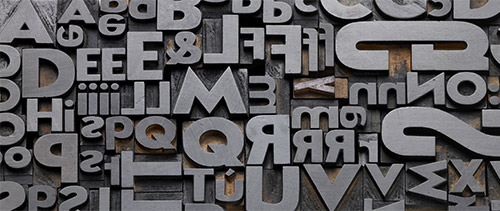So what’s the perfect game for somebody who lives in a state with lots of dairy farms, spends a huge hunk of her time writing or reading, and has been known to insert a butter head into a novel as a red herring? Why, it’s Cheese or Font, of course!
If you’ve never played, please remember to come back and finish reading after you’ve wandered here to check it out. Because along with being an entertaining time-waster, fonts can also be a fun tool for helping students explore the concept of character voice.
I’ve talked before about helping young writers develop their writing voices (most recently in “Lost”). But along with the overall voice of the writer who is creating the piece, each character in a story must also have their own distinct voice. Yet too often, all the characters end up sounding exactly the same in student first drafts.
Sometimes none of the voices sound the way that real people talk. They’re overly formal, like a textbook or legal document would sound if it stood up and started declaiming. In those cases, I encourage the students to do more eavesdropping. Listening is a great tool for learning the nuances of speaking. Another easy tip is to have students read all dialogue out loud — they will quickly hear if it sounds too stilted. Finally, remind students that dialogue is one place where contractions are almost always preferred — most people default to contractions when talking aloud, even though they’re frowned on in more formal writing.
Other times, the problem is that the voices in a story draft sound like real speech, but also sound too much alike, or don’t match the characters to whom the writer has assigned the voices. The ten-year-old rebellious boy character sounds exactly the same as the understanding great grandma whose home is infested with lace doilies.
Here’s where font fun comes in. Next time your students have the chance to write on computers, ask them to write a scene where two or more characters in their story are discussing the story’s events. For each character, they should find the font that best represents that character’s voice when writing his or her dialogue. For that rebellious ten-year-old? Maybe a font that looks like a childish scrawl with sharp edges. For the doily-loving great grandma? How about a beautiful italic script?
It’s a cheesy but effective way to get students to truly “hear” the voices of their characters. Extra credit if you can tell me if Georgia, Broadway, and Niagara are cheeses or fonts!


Great tip, for teachers and for writers. Thanks, Lisa
You’re welcome, Lois! I’m so glad you found it helpful! (And it’s a fun game to play, too!)